
As a professional chef, I have always been fascinated by the history and evolution of different culinary traditions. One such tradition that has captured my interest is the history of pasta. This versatile dish, loved by millions around the world, has a rich history and a fascinating journey from its humble beginnings to becoming a staple in every kitchen.
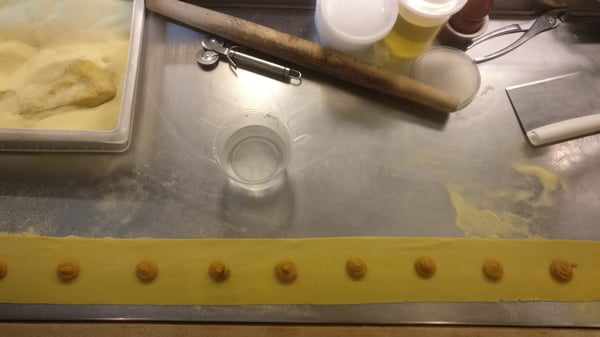 The Origins of Pasta
The Origins of Pasta
Pasta, as we know it today, has its origins in Italy. However, its origins date back much further than that. The ancient Greeks and Romans consumed a type of pasta made from durum wheat and shaped into long, thin strips. This pasta was dried in the sun and stored for long periods, making it an ideal food for soldiers and travelers.
In the 8th century, Arabs introduced a form of pasta made from semolina, which is a type of coarse wheat flour. They also introduced the use of dried pasta, which could be stored for longer periods. This innovation made pasta a popular food in the Mediterranean region.
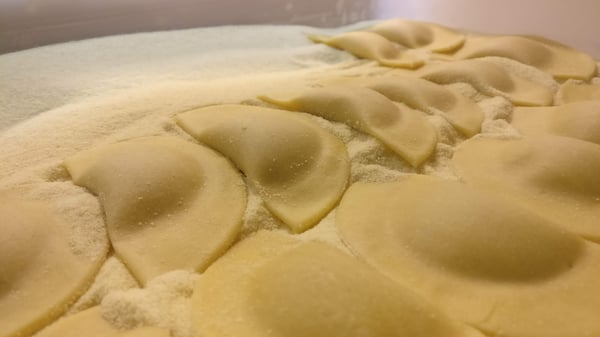 The Evolution of Pasta
The Evolution of Pasta
Over time, pasta became popular across Europe and in the 14th century, it was introduced to Italy by the Arabs. Italians quickly adopted this dish and started to experiment with different shapes and sauces. The dried form of pasta was particularly popular, as it could be easily stored and transported.
In the 18th century, pasta-making techniques were refined, and new shapes were created. At this time, pasta became a popular food among the upper classes in Italy. In the 19th century, pasta-making machines were invented, making the process of making pasta more efficient and affordable. This led to the widespread popularity of pasta in Italy and other parts of Europe.
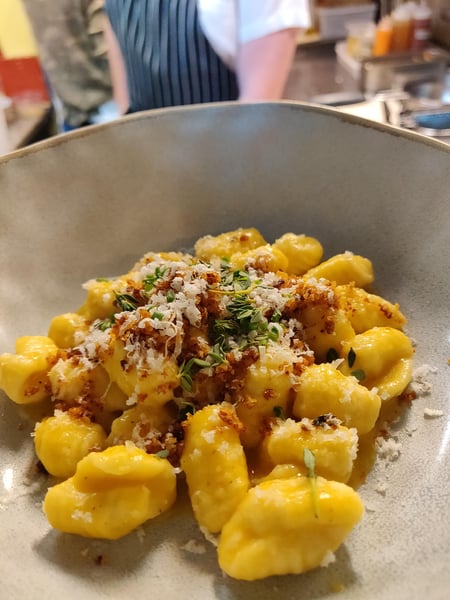 The Spread of Pasta Around the World
The Spread of Pasta Around the World
Pasta became popular in the United States in the late 19th century, as Italian immigrants brought their culinary traditions with them. In the early 20th century, pasta became a common food in American households, particularly during the Great Depression when it was a cheap and filling meal.
In the post-World War II era, pasta became a global phenomenon. The rise of Italian cuisine in the mid-20th century brought pasta to the attention of people all around the world. Today, pasta is a staple in households all over the globe, enjoyed in a variety of dishes, from spaghetti Bolognese to lasagna.
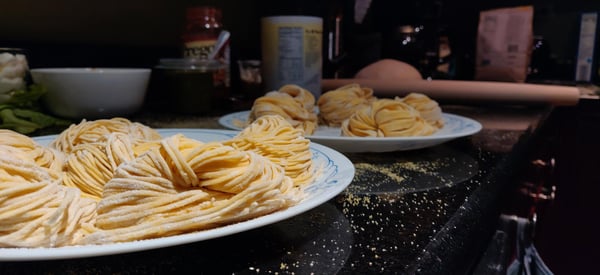 Cooking Pasta at Home
Cooking Pasta at Home
As a professional chef, I believe that cooking pasta at home is one of the simplest and most rewarding culinary experiences. The beauty of pasta is that it can be cooked in a variety of ways, from simple sauces to elaborate dishes.
Here are some tips for cooking pasta at home:
- Use a large pot of boiling, salted water. The water should be salted generously, as this helps to flavor the pasta.
- Add the pasta to the boiling water and stir gently to prevent sticking.
- Cook the pasta until it is al dente, which means that it is cooked but still firm to the bite.
- Drain the pasta and toss it with your desired sauce.
- Serve immediately, garnished with fresh herbs and grated cheese.
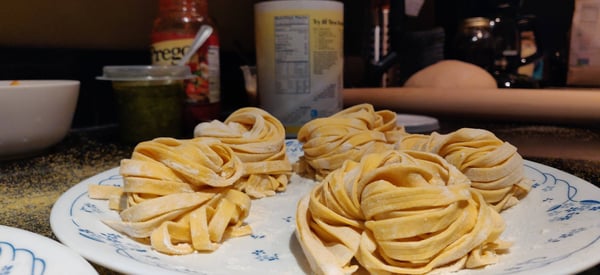 In conclusion, the history of pasta is a fascinating journey that has taken it from its humble origins to becoming a staple in every kitchen. As a professional chef, I encourage home chefs to experiment with different shapes and sauces and to enjoy the versatility and simplicity of this beloved dish. If you’re interested in learning how to make fresh pasta, check out our Pasta Boot Camp on Saturday, April 8 at 10am.
In conclusion, the history of pasta is a fascinating journey that has taken it from its humble origins to becoming a staple in every kitchen. As a professional chef, I encourage home chefs to experiment with different shapes and sauces and to enjoy the versatility and simplicity of this beloved dish. If you’re interested in learning how to make fresh pasta, check out our Pasta Boot Camp on Saturday, April 8 at 10am.

